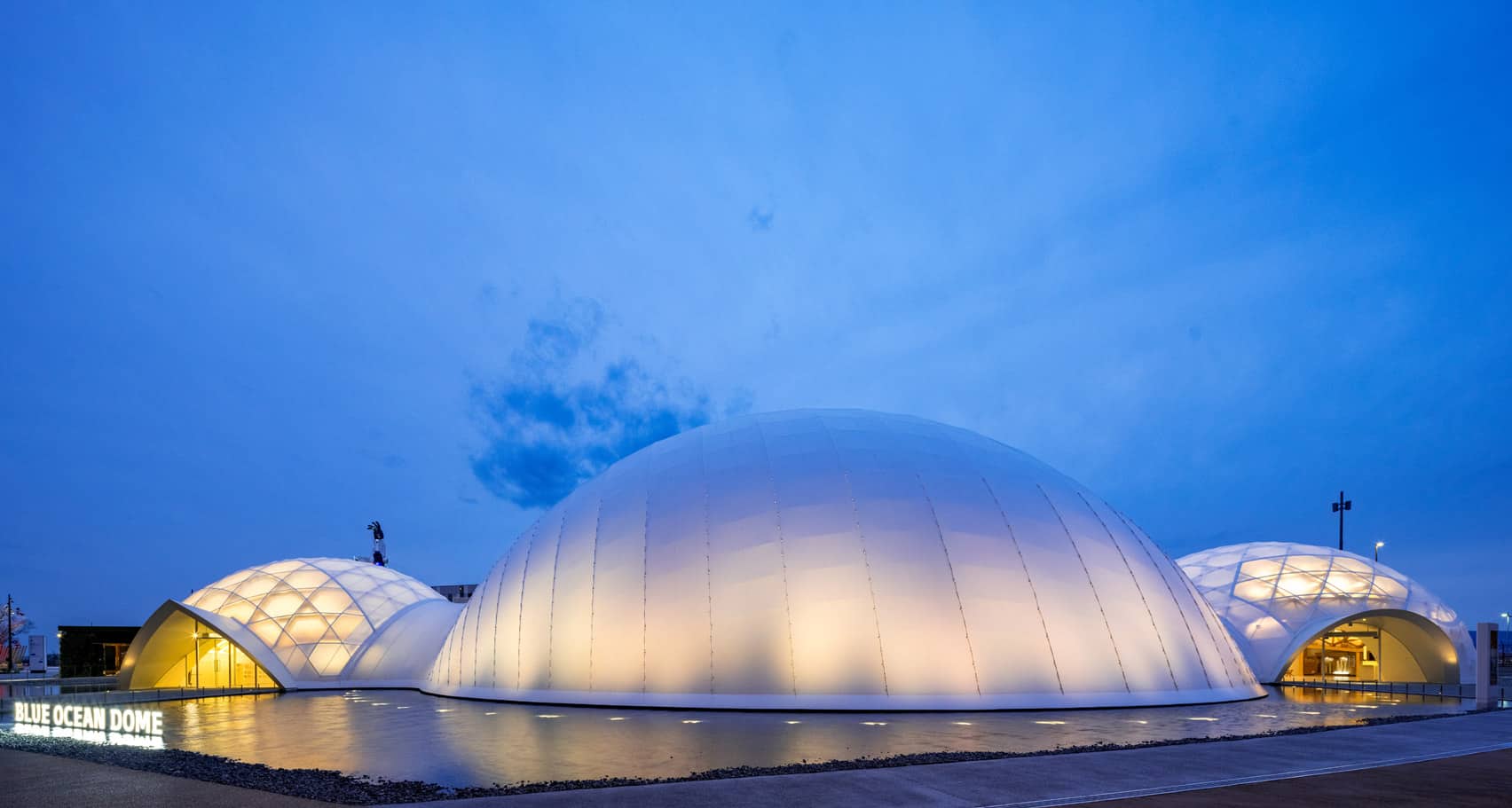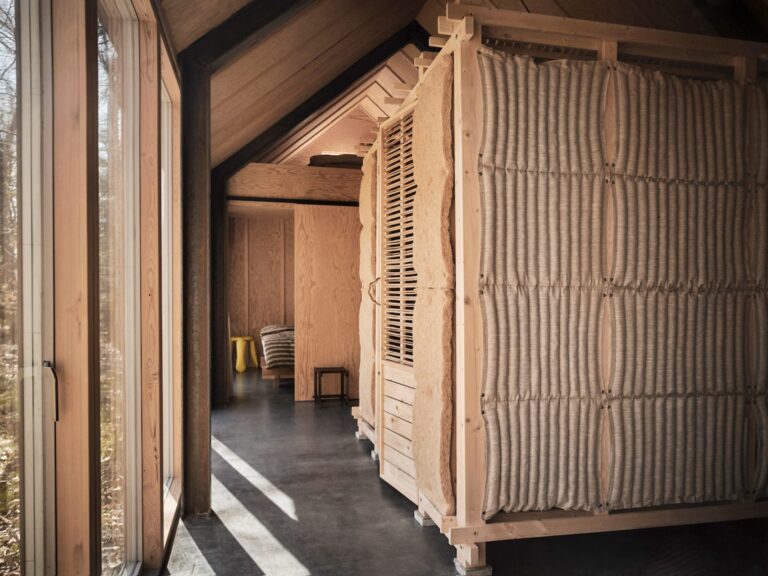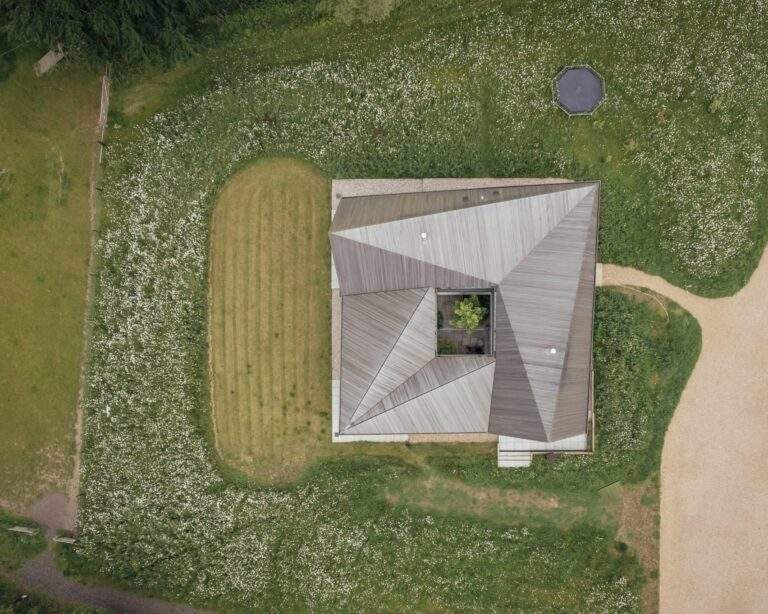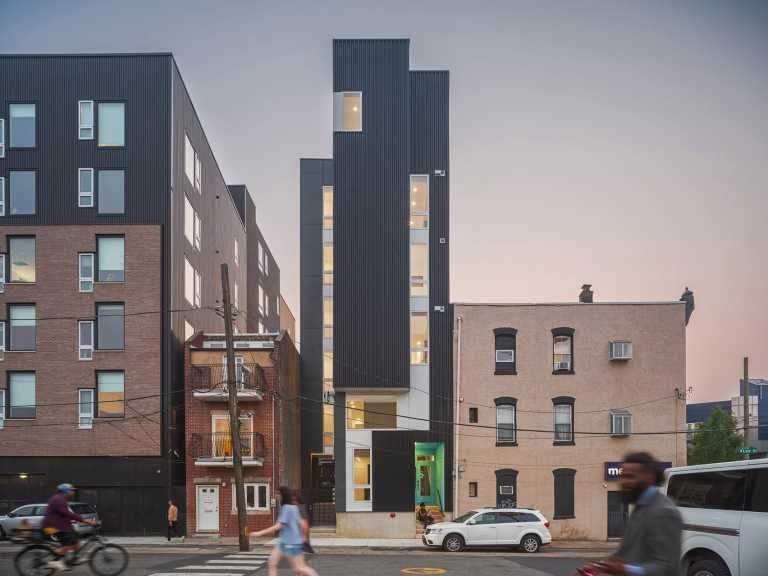Shigeru Ban Uses Cardboard Tubes and Innovative Materials
Japanese architect Shigeru Ban has employed a mix of unconventional materials, including cardboard tubes, laminated bamboo, and carbon-fibre reinforced plastic tubes, to create the Blue Ocean Dome pavilion at Expo 2025 Osaka. The pavilion will feature exhibits curated by renowned designer Kenya Hara.
Innovative Design for a Sustainable Pavilion
Located just outside The Grand Ring at Expo 2025 Osaka, the Blue Ocean Dome pavilion consists of a large central dome surrounded by two smaller domes, all unified by a polycarbonate skin. Commissioned by Zero Emissions Research and Initiatives (ZERI), the pavilion aims to highlight the importance of the world’s oceans and the ongoing environmental challenges they face.
The pavilion is designed with sustainability in mind, focusing on lightweight construction, easy disassembly after the event, and minimizing waste.
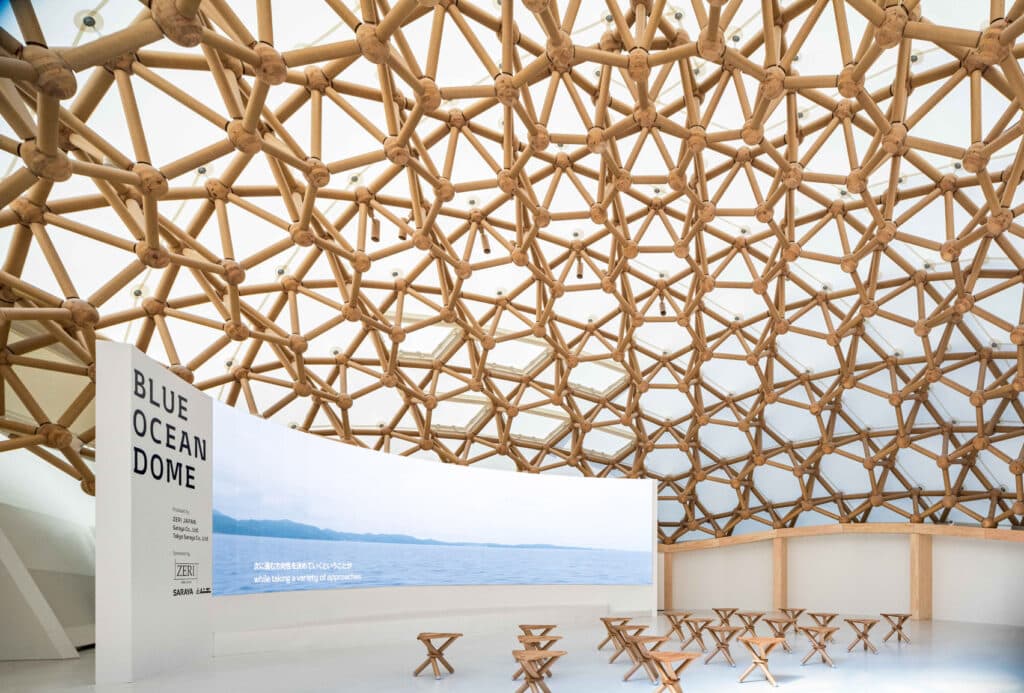

Unconventional Use of Materials
The pavilion’s design incorporates Ban’s signature material, cardboard tubes, which are used in Dome C, the small exit dome, creating a molecular-like structure. The small entrance dome, Dome A, is built from laminated bamboo to meet Japan’s strict building regulations.
“In countries with strong building regulations, we cannot use natural bamboo, but by laminating it, we can control quality, strength, and durability,” Ban explained. “I am using laminated bamboo in a very unusual way in this pavilion.”
Meanwhile, the large central dome, Dome B, is made from carbon-fibre reinforced plastic tubes, a material more commonly associated with aerospace and automotive industries than architecture. Ban chose this material to avoid using concrete piles for the foundation.
“The carbon-reinforced plastic weighs less than the soil we removed for the foundation, so we don’t need concrete piles. This also shortens the construction period, presenting a new way of using carbon fibre in the building industry,” Ban said.
More on ArchUp:
Exhibits Focusing on the Oceans
Inside the Blue Ocean Dome, exhibits emphasize the importance of the oceans and how human activity is contributing to their pollution. Kenya Hara, the famous Japanese designer and art director of Muji, oversaw the interior design and exhibits, including a 360-degree film projection in both Dome A and Dome B.
A Symbol of Unity at Expo 2025 Osaka
Featured as one of the stand-out pavilions at Expo 2025 Osaka, the Blue Ocean Dome joins other significant structures like the Switzerland Pavilion by Manuel Herz Architects and the Bahrain Pavilion by Lina Ghotmeh. It is positioned strategically just outside The Grand Ring, a structure designed by Sou Fujimoto Architects, which symbolizes unity among the 150 participating countries.
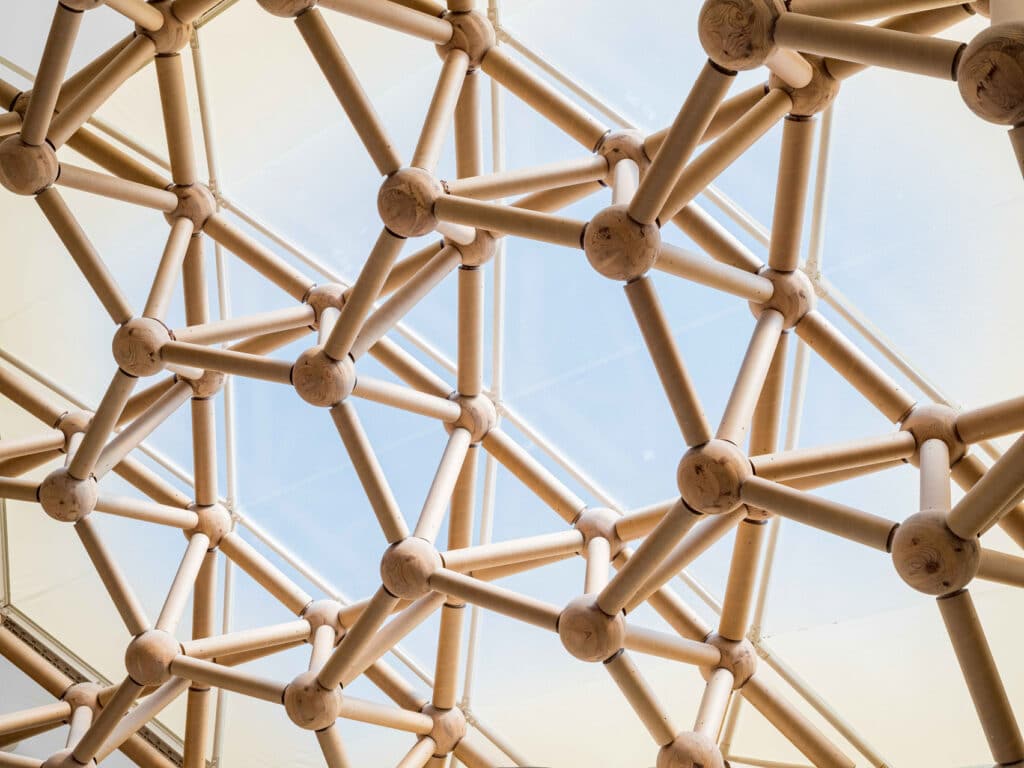

Photography: Hiroyuki Hirai

